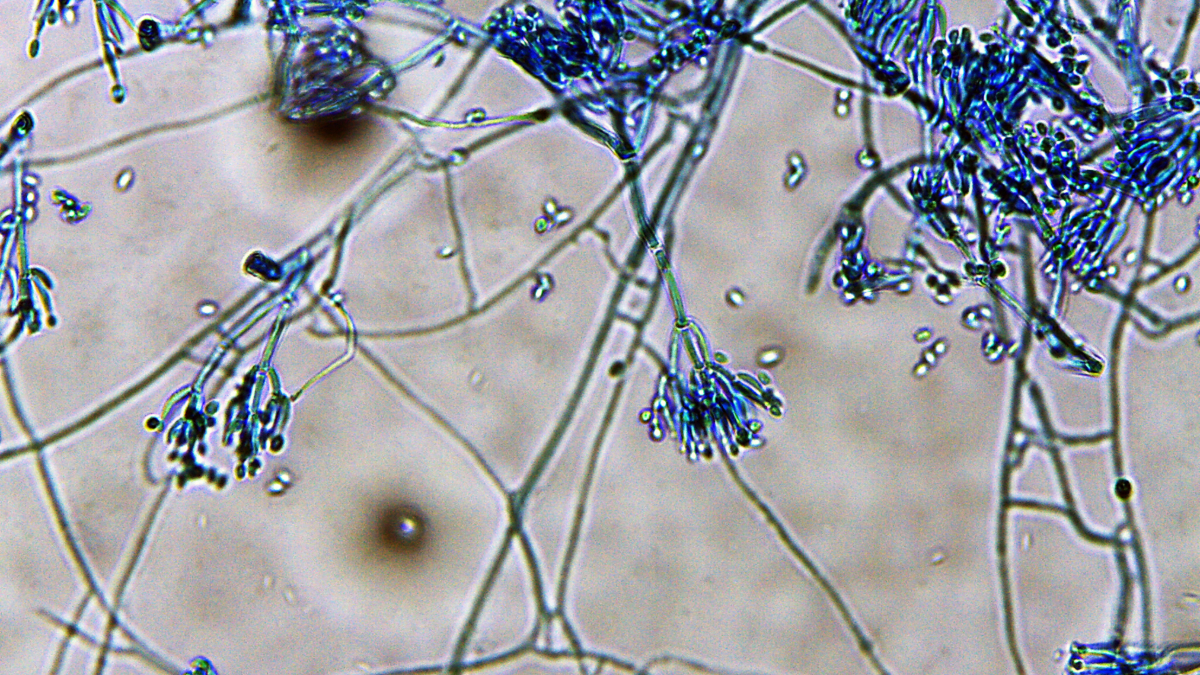DIY Mycorrhizal Fungi for Veggies
Mycorrhizal fungi are “obligate symbionts”, meaning that they need a host plant to survive. Endomycorrhizal fungi, also called arbuscular mycorrhizal fungi or AMF, are essential partners of 70-90% of all plant species, including the majority of the vegetables in your garden this year.
AMF don’t produce mushrooms. They propagate via underground spores, pieces of host plant roots, and viable hyphae. Sensitive to the heat and environmental factors in your compost (not to mention, lack of a host plant), and unable to survive passage through a worm, they are one type of fungi we don’t expect to find in thermal compost or vermicast, no matter how many roots you add to the mix.
Signs that your garden may be low in AMF include healthy proliferation of non-mycorrhizal plants (cabbage and amaranth families, mustards, sedges, reeds, lupins, stinging nettle), increased weed pressure, vulnerability to drought, and roots coming up clean when you pull them. Seeing as AMF is nature’s way of providing plants with phosphorus, you might see signs of deficiency of this nutrient (older leaves and stems turn a dark green/purplish colour, plant will be stunted).
Luckily, there are ways to propagate indigenous AMF spores from the local environment that won’t break your budget and are probably way more effective than the lab-developed ones you find on the shelves anyway. I am still yet to find a product where the claims match what the microscope shows.
For serious vegetable growers, it is worth checking out the Rodale Institute’s Quick and Easy Guide: On-Farm Production of Arbuscular Mycorrhizal Fungus Inoculum; you might want to start preparing your compost for this process now.
For the rest of us, Nicole Masters describes a method in her book, For the Love of Soil. About this time of year, go find a host plant from a healthy ecosystem (a grass or forb), shake the soil from the top 10cm of it’s roots into a pot and then snip the roots into small pieces into the pot too. Add potting mix that is not high in/doesn’t have added phosphorus (these phosphorus-gathering organisms are highly sensitive to chemical phosphorus fertilizer). Plant a warm season C4 grass such as corn, Sudan grass, or Paspalum spp. Tend it this season, allow to winter kill, and your pot of inoculum will be ready for next spring.
